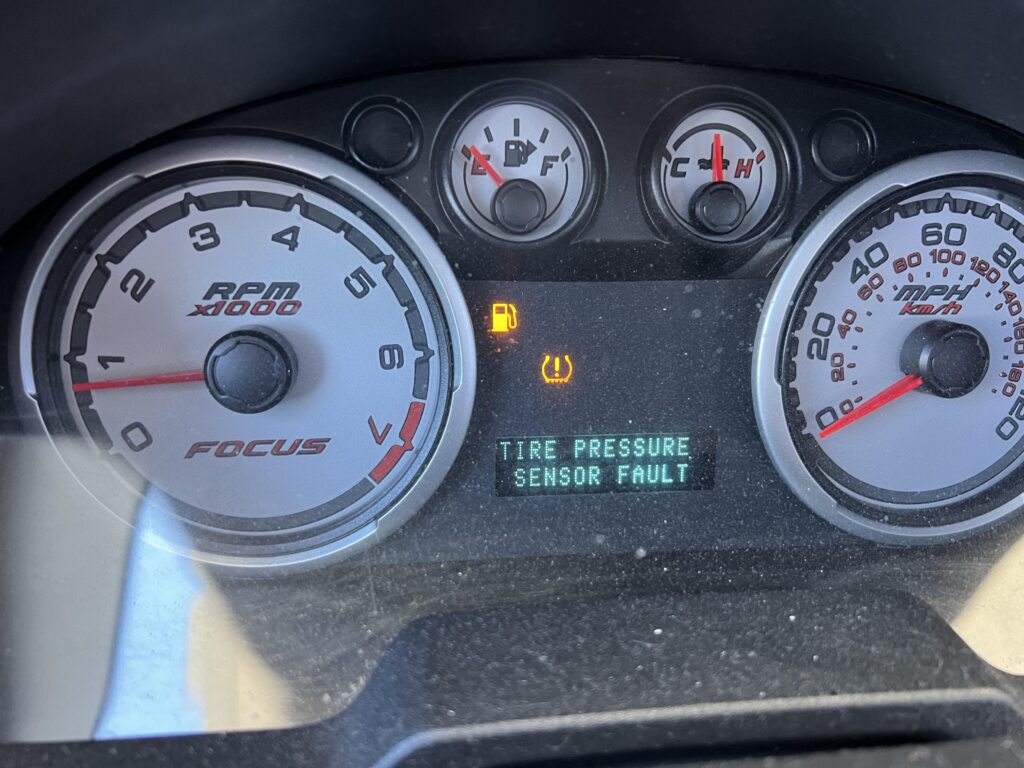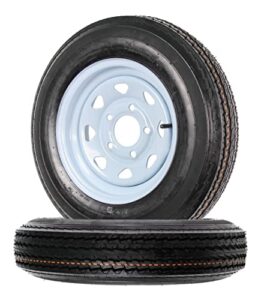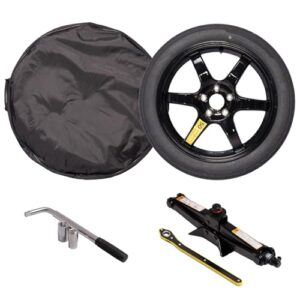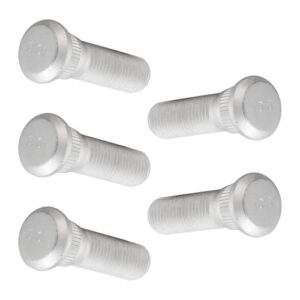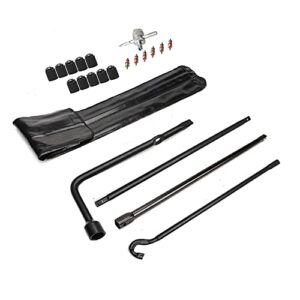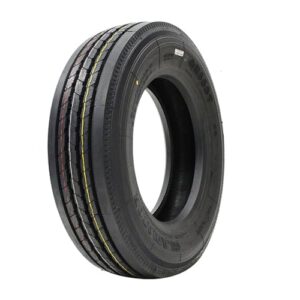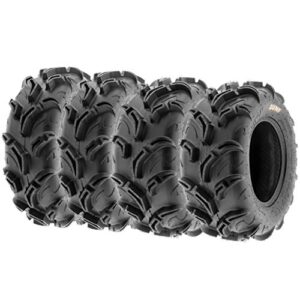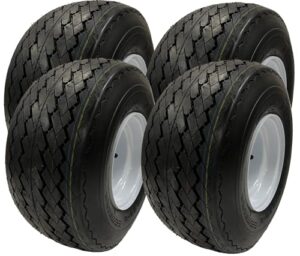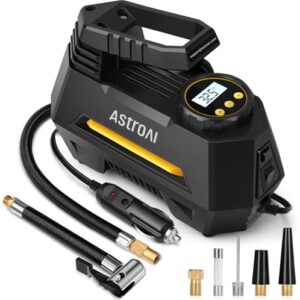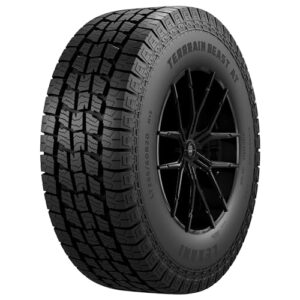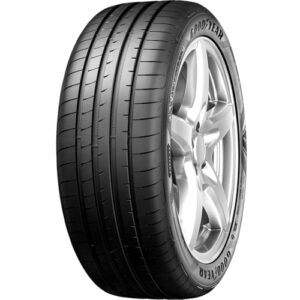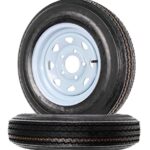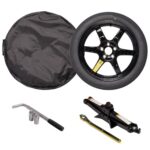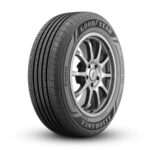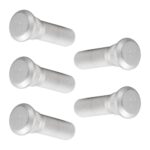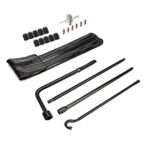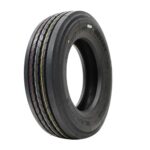A Tire Pressure Sensor Fault on a Ford indicates a malfunction within the tire pressure monitoring system (TPMS). This alert typically appears on the dashboard, signaling an issue with one or more sensors.
Drivers of Ford vehicles may encounter a Tire Pressure Sensor Fault message, prompting immediate attention to ensure vehicle safety and maintain tire longevity. This system actively monitors the air pressure inside the tires, providing critical information regarding tire health. A malfunction can stem from various sources such as battery failure in the sensor, damaged sensors, or communication issues within the vehicle’s onboard computer systems.
Promptly addressing this warning is paramount, as driving with incorrect tire pressure can lead to decreased fuel efficiency, poor handling, and the potential for tire failure. Regular maintenance and tire pressure checks can prevent the occurrence of such faults, keeping the TPMS in proper working condition and ensuring a safe driving experience.
Identifying The Tire Pressure Sensor Fault
Trouble with your Ford’s tire pressure sensors can show up unannounced. It’s essential to spot the signs before they lead to larger issues. Your vehicle’s tire pressure monitoring system (TPMS) is key to ensuring your tires maintain the correct air pressure. Let’s identify the indicators and error messages of a potential fault.
Symptoms Of Malfunctioning Tire Pressure Sensors
Recognizing early symptoms can save you time and money. Here are signs to watch for:
- Illuminated warning light: The TPMS light on your dashboard stays on.
- Inaccurate readings: The sensor gives incorrect tire pressure information.
- Sensor not responding: One or more tires are not showing any data on your display.
Common Error Messages Displayed
Here are typical error messages that might appear on your Ford’s dashboard:
| Error Message | Description |
|---|---|
"Tire Pressure Sensor Fault" |
Indicates a malfunction within the TPMS. |
"Tire Pressure Monitor Fault" |
Suggests a general fault in the monitoring system. |
"Check Tire Pressure" |
Warns of incorrect tire pressure which may not always be accurate. |
Pay attention to these alerts and have your vehicle inspected by a professional. Regular checks help maintain vehicle safety and performance.
Essentials Before Starting The Repair
Embarking on a journey to fix a tire pressure sensor fault in your Ford requires preparation. Gathering the right tools and taking safety precautions lay the foundation for a successful repair. This guide outlines everything needed before diving into the task.
Tools Needed For A Sensor Fix
Getting your toolbox ready is the first step. You’ll need a few specialized items:
- Tire pressure sensor activation tool – activates sensors and reads their frequencies.
- Torx screwdrivers – for removing screws that might hold the sensor in place.
- Tire valve stem tool – crucial for removing and installing the valve stem component.
- Air compressor – to reinflate the tire after repair.
Some tasks may require additional tools:
| Task | Tool |
|---|---|
| Removing the wheel | Lug wrench |
| Cleaning the sensor area | Wire brush |
Precautionary Measures
Safety cannot be overlooked. Before starting the sensor repair, observe these steps:
- Consult the owner’s manual – Understand the specific procedure for your Ford model.
- Work in a well-ventilated area – Ensure airflow to avoid inhaling fumes.
- Equip personal protective gear – Safety glasses and gloves are a must.
Disconnecting the vehicle’s battery can prevent electrical issues. Confirming the car is on a flat surface and secured with wheel chocks is vital. Standing clear of the vehicle when inflating the tire ensures your safety. Remember, safety first ensures a worry-free repair process.
Common Causes Of Sensor Faults
Understanding the common causes of sensor faults in your Ford’s tire pressure monitoring system (TPMS) is essential. Properly functioning sensors ensure tire safety and efficiency. Let’s delve into the typical culprits for tire pressure sensor issues.
Battery Failure In Sensors
Tire pressure sensors come with built-in batteries. Battery failure is a frequent cause of sensor malfunction. These batteries last 5-10 years on average. Once depleted, the sensor fails to transmit data, triggering a fault alert.
- Non-replaceable Battery
- Decreased Sensor Transmission
- Complete Sensor Replacement Needed
Damage From Road Hazards
Everyday road hazards pose serious risks to tire sensors. Impact damage, such as hitting potholes, can break or dislodge sensors. Common damages include:
- Cracked Housings
- Dislocated Components
- Seal Leaks
Regular checks can help spot early signs of wear and prevent complete failure.
Step-by-step Guide To Reset The Sensor
Encountering a Tire Pressure Sensor Fault in your Ford can be a nuisance. Fortunately, resolving this issue can often be a swift task. This step-by-step guide will lead you through resetting your tire pressure sensor to get it back in working condition.
Reinitializing The Sensor System
Sometimes, reinitializing the system is all you need. Follow these steps:
- Turn the ignition to the ‘On’ position without starting the engine.
- Press the brake pedal three times.
- Turn the ignition to ‘Off.’
- Repeat this process three times.
The sensor system should reset after this sequence. If not, move on to manual techniques.
Manual Reset Techniques
Manual reset might be necessary if reinitialization doesn’t work. Try these steps:
- Set the parking brake for safety.
- Ensure your tires are inflated to the correct pressure.
- Turn the ignition to the ‘On’ position, then off three times.
- Press the hazard lights button six times.
- Wait for the horn to chirp, signaling the Training Mode.
- Release air from each tire for 10 seconds.
- The horn chirps to confirm the sensor reset.
After these steps, drive at 50 mph for about 10 minutes. The system should update and clear the fault.
| Step | Action | Expected Response |
|---|---|---|
| 1 | Ignition ‘On’ and Off | System Inactive |
| 2 | Hazard Lights Flash | Training Mode Active |
| 3 | Air Release | Horn Chirp |
| 4 | Drive at 50 mph | Sensor Reset Complete |
Long-term Care For Tire Pressure Sensors
Your Ford’s tire pressure sensors are key to safety and efficiency. Learn how to maintain them and recognize signs that call for professional help.
Routine Maintenance Tips
Properly maintained tire pressure sensors ensure accurate readings and extended lifespan. Follow these steps:
- Check tire pressure monthly: Use a reliable gauge to ensure correct PSI.
- Inspect sensor batteries: They should last 5-7 years but test them yearly.
- Avoid harsh cleaners: Clean sensors during tire servicing, using gentle products.
- Be cautious with tire sealants: Some can damage sensors. Choose sensor-safe options.
When To Seek Professional Help
At times, your tire pressure sensors may need an expert’s attention. Here’s when:
- Error messages persist: If ‘Tire Pressure Sensor Fault’ appears often after resetting, get it checked.
- Battery replacement: Professionals should handle sensor battery changes.
- After tire replacement: Ensure sensors are correctly reinstalled and calibrated.
- Physical damage: Visible damage or corrosion warrants a professional inspection.

Avoiding Future Faults With Better Practices
Ford vehicles warn drivers of tire issues instantly with the Tire Pressure Sensor Fault alert. Avoid future faults by maintaining sensors and tires. Follow these best practices to minimize hassle and enhance safety on the road.
Proper Tire Inflation Guidelines
Keeping tires properly inflated secures sensor accuracy and extends tire life. Check tire pressure monthly with a reliable gauge. Here’s a simple guideline:
- Consult vehicle manual: Find recommended pressure levels.
- Check in the morning: Tires are cool for precise readings.
- Adjust for weather: Temperature changes alter pressure.
- Use a quality gauge: Inaccurate tools give wrong readings.
Sensor Protection Measures
Protect tire sensors to prevent faults. Avoid damage with these measures:
- Regular Inspections: Have sensors checked during tire rotations.
- Gentle Cleaning: Treat sensors softly when washing tires.
- Avoid Harsh Chemicals: Use mild cleaners to prevent corrosion.
- Be Tire-Smart: Keep aware of road hazards that may harm sensors.

Frequently Asked Questions
What Causes A Tire Pressure Sensor Fault?
A Tire Pressure Sensor Fault typically occurs due to battery failure in the sensor, damaged sensor units, or incorrect tire pressure levels. Regular tire maintenance can help prevent such faults.
How To Reset Ford Tire Pressure Sensor?
Resetting a Ford Tire Pressure Sensor often involves inflating the tires to the proper pressure, turning the ignition to the ‘on’ position, and pressing the reset button. Refer to the vehicle’s manual for model-specific instructions.
Can I Drive With A Tire Pressure Sensor Fault?
Driving with a Tire Pressure Sensor Fault is possible but not advisable. It can lead to decreased fuel efficiency, impaired handling, or even tire failure if tire pressure isn’t monitored manually.
What Is The Cost To Fix Tire Pressure Sensor Fault?
The cost to fix a Tire Pressure Sensor Fault can range from $50 to $250 per sensor. It varies by vehicle model, labor rates, and whether the entire sensor or just its battery needs replacing.
Conclusion
Navigating tire pressure sensor issues in Ford vehicles needn’t be a headache. Keep tabs on tire health, promptly address warning signals, and seek expert advice when puzzled. Your car’s performance hinges on proper tire maintenance, ensuring safety and efficiency. Drive with confidence, knowing your Ford is operating at its peak.


